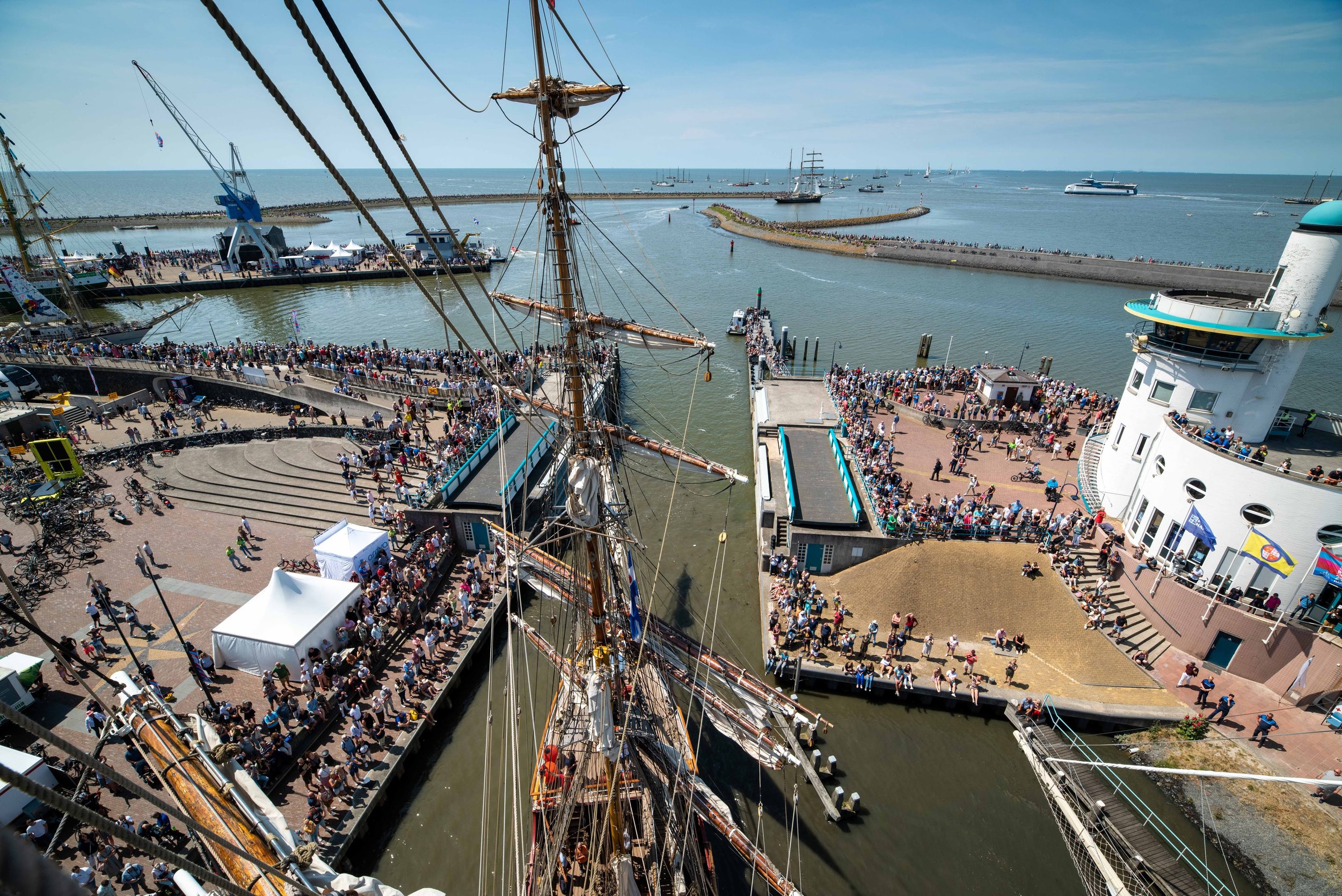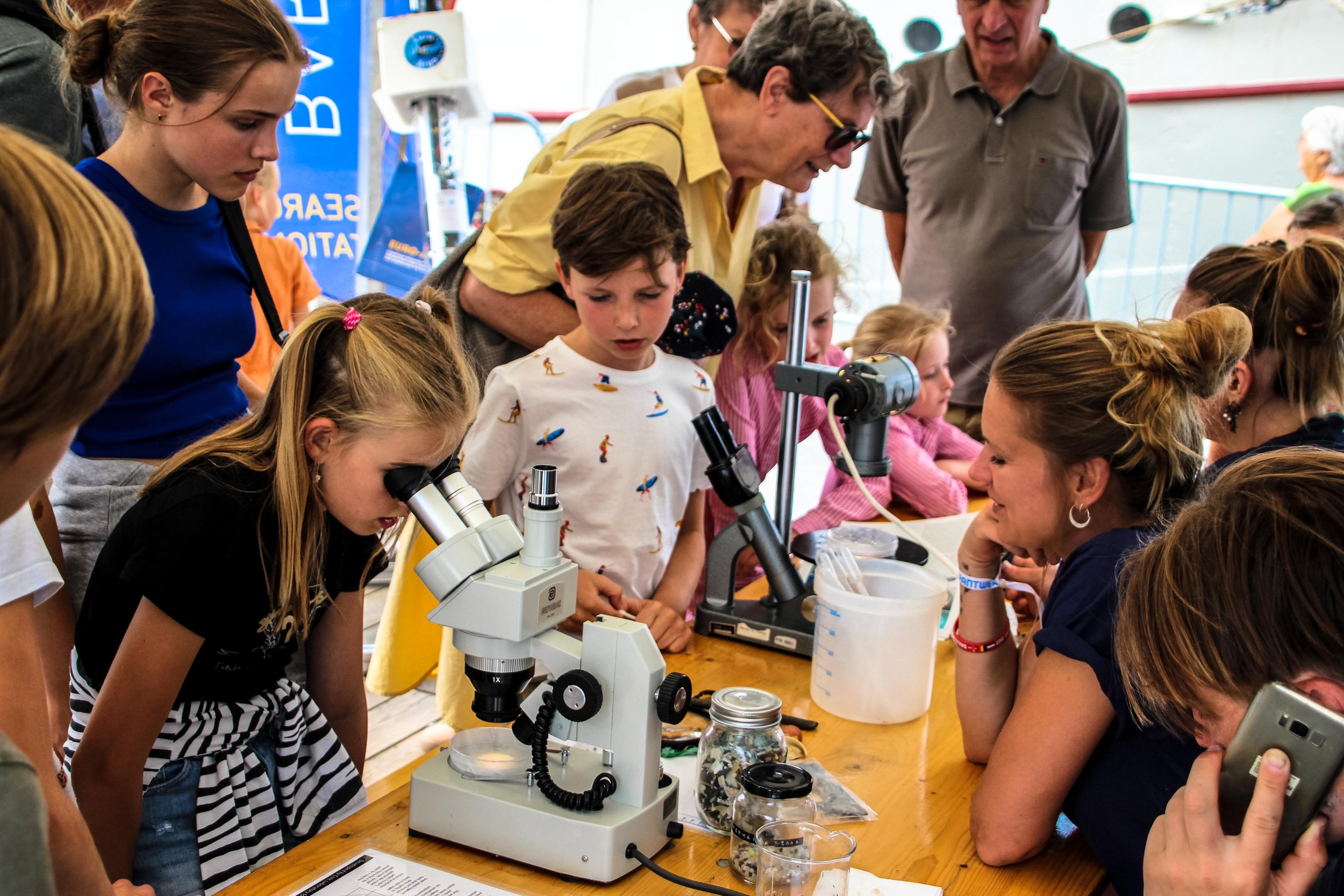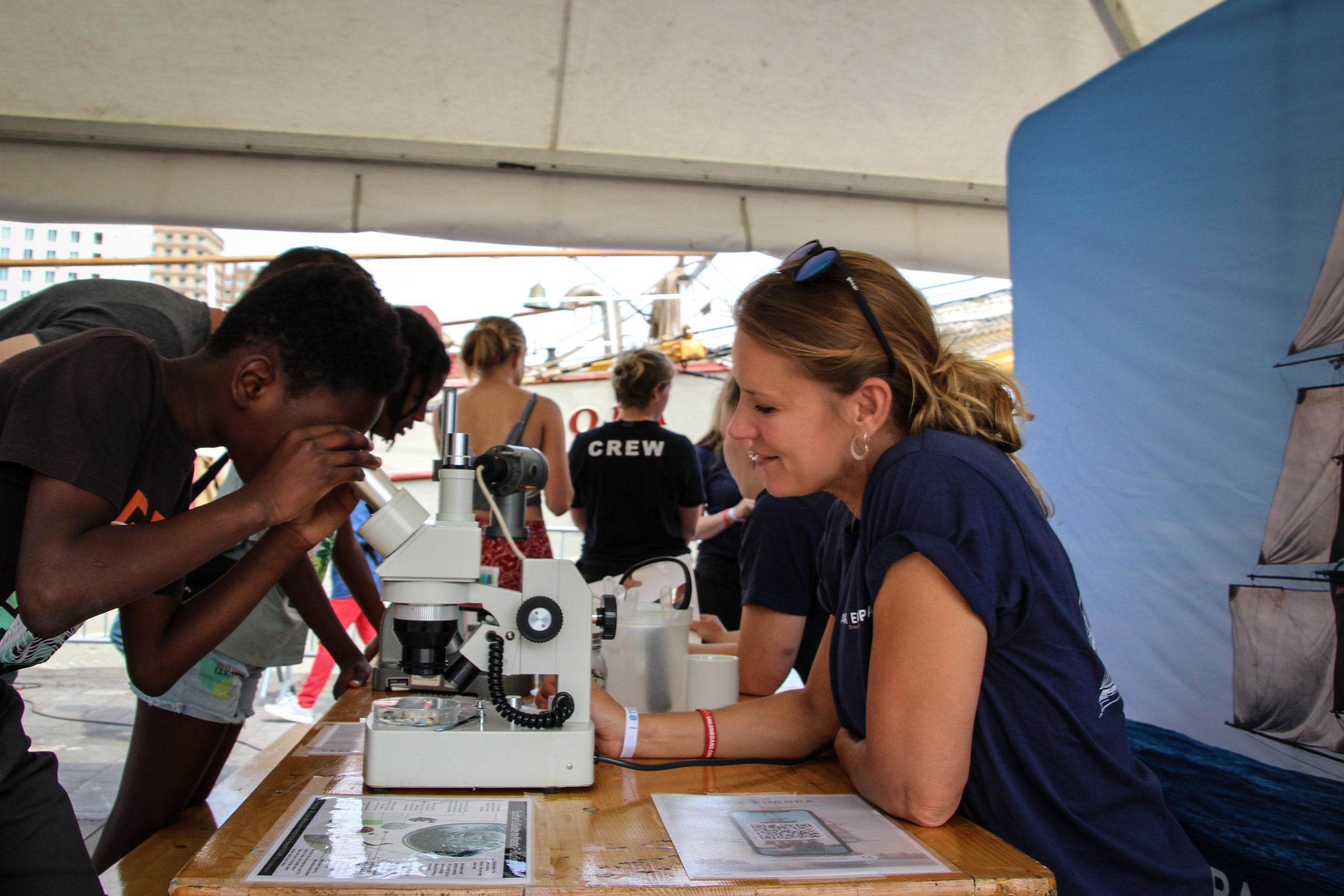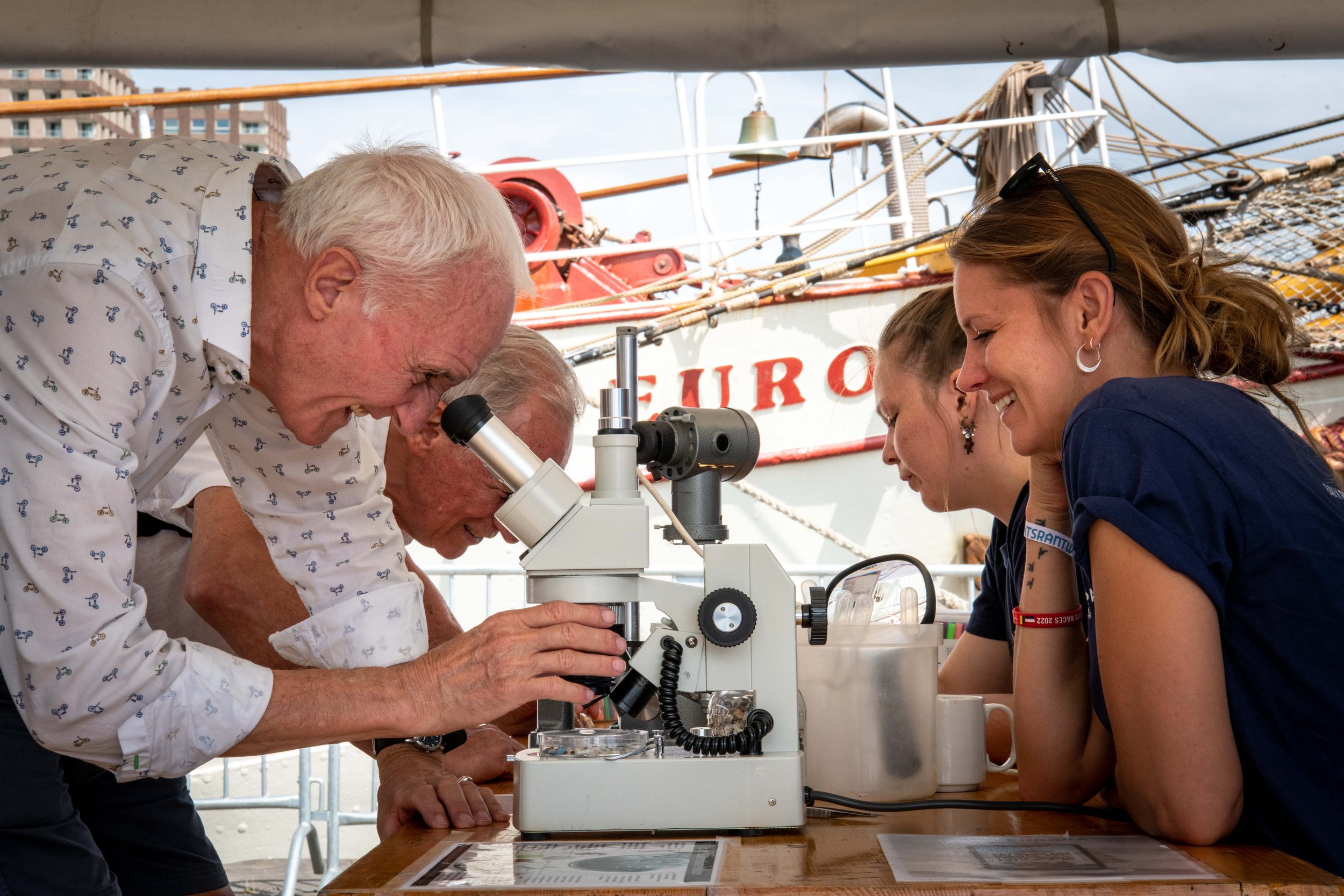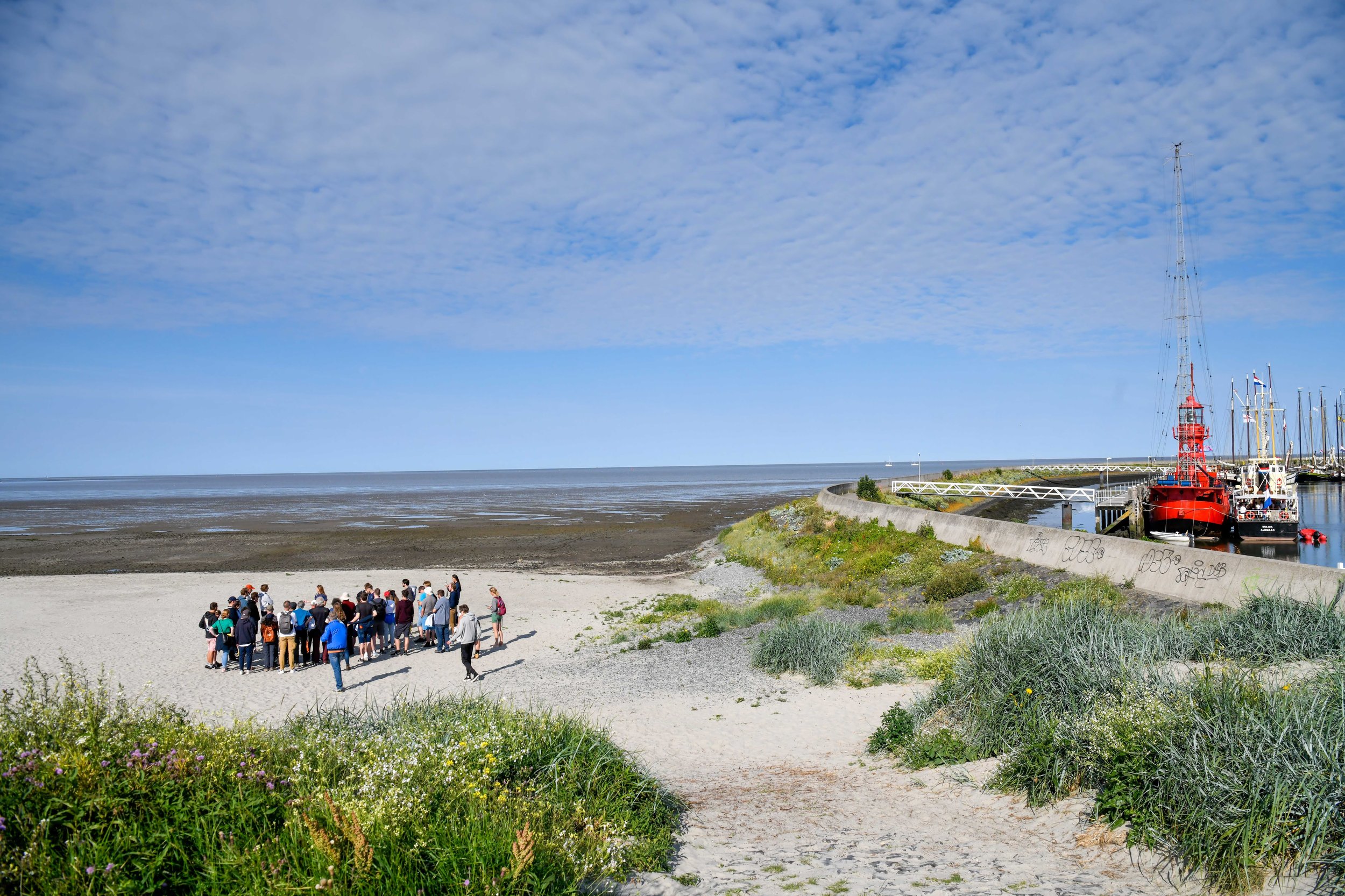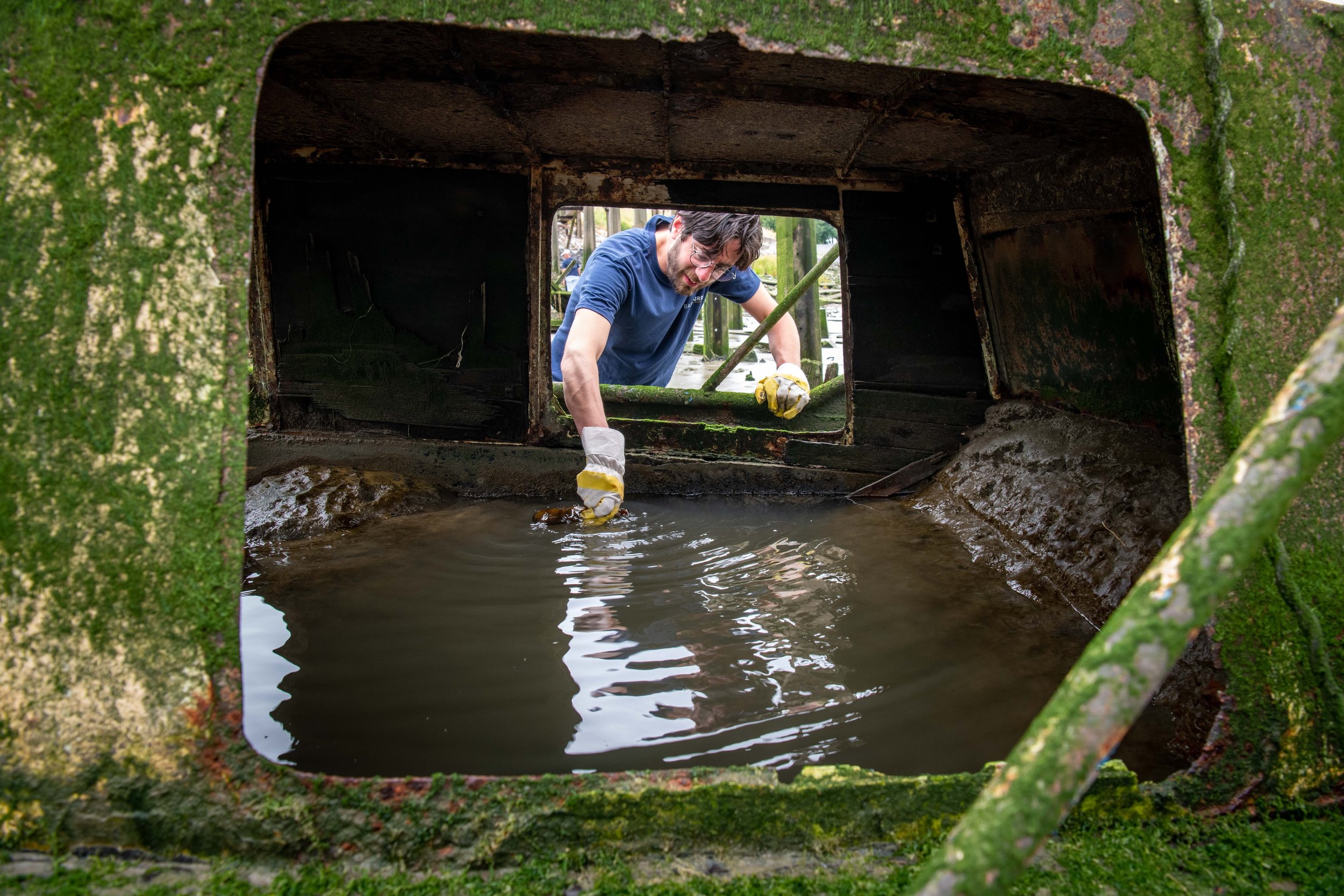Key Findings
Microplastic Abundance and Distribution:
The study documents an overall abundance of 0.011 ± 0.017 items per m³, with significantly higher concentrations near coastal regions compared to open ocean areas. This trend highlights the influence of human activity and oceanic processes in concentrating microplastics near shorelines. Human activity near the coasts, such as urbanization and industrial waste, contribute to the accumulation of plastics in coastal areas, where waste runoff, improper disposal, and the lack of effective waste management systems increase the volume of debris entering the ocean. Additionally, oceanic processes such as currents, tides, and wave action concentrate these particles along the coast, making shorelines hotspots for microplastic pollution.
Ocean currents, such as the North Atlantic Drift, Canary Current, Equatorial currents, and the Brazil Current, play a key role in transporting microplastics far from their sources, concentrating them in specific regions. These currents carry microplastics across vast distances, even to remote areas, where lower concentrations are observed. The presence of microplastics in these isolated regions highlights the far-reaching and persistent nature of this pollution, underscoring the ongoing influence of ocean currents in redistributing waste across the global ocean.
Polymer Composition of Microplastics:
The most prevalent polymers identified in the samples were high-density polyethylene (HD-PE) and polypropylene (PP), which made up 63.5% and 28.3% of the microplastics, respectively. These findings align with the widespread use of these materials, as they are widely used in everyday items like bottles and packaging materials. As these products are used and discarded, they often end up in the environment due to improper waste management, littering, or transportation. They are carried by wind, rain, or waterways into the ocean, where they over time break down into microplastics that persist in the marine environment contributing significantly to ocean pollution.
Shape and Color Characteristics of Microplastics:
Fragments were the dominant shape category, making up 88.6% of all microplastic particles, while white or transparent particles constituted 62.7% of our sample. These physical characteristics are significant because they influence the persistence of microplastics in the environment and their biological uptake. Due to their inconspicuous appearance in the water, they are easily mistaken for food and ingested by marine life, contributing to bioaccumulation in the food chain and posing potential risks to both marine species and humans.


